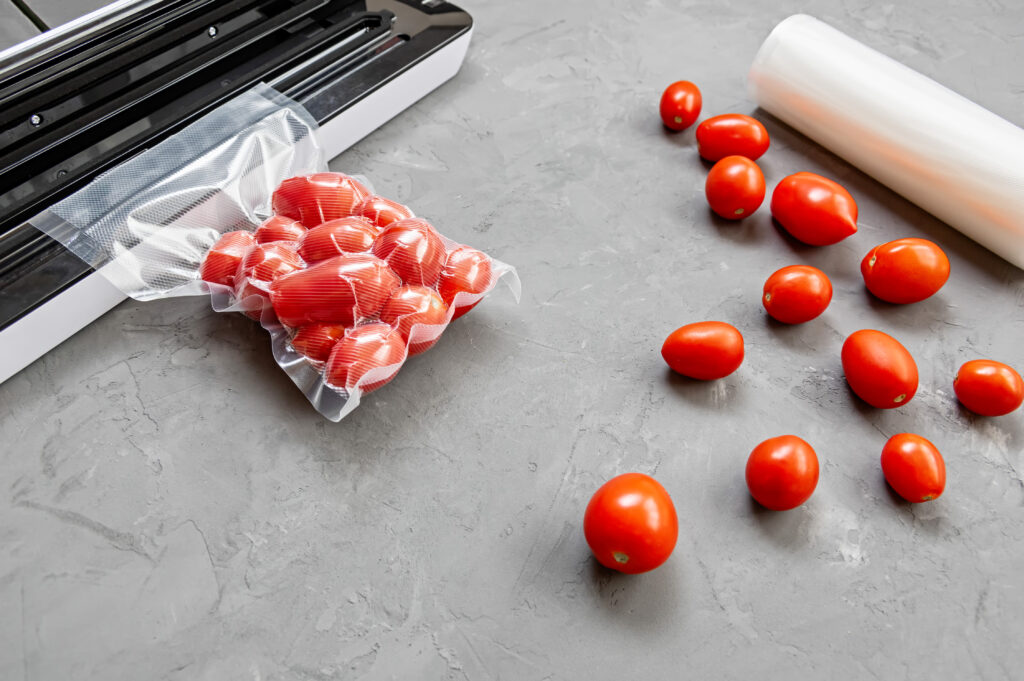People have always asked why I felt such a strong urge to travel. The truth is that I caught the travel bug when I was only a teenager. I knew I wanted to find a way to build a career and a life of travel. While I tried to ignore it and choose a stable career path, I was never happy or fulfilled. If you are facing a similar dilemma, here’s how I found a compromise between my head and my heart that didn’t leave my bank accounts empty.
Making All the “Right” Choices
I come from a lower-middle-class working family. My parents worked hard to provide for us. And, they believed that a college education was the key to a bright future. Although this was true for me, they didn’t realize that it would open up more than a successful career path. College presented me with a whole new world of opportunities and reignited my desire to travel.
When I shared my excitement to study abroad, they would dampen my enthusiasm. With the best of intentions, they would try to direct me toward careers with better job prospects and salaries. However, I was stubborn. And, I had big dreams of exploring the world and experiencing other cultures. Yet enough of their concerns over the cost of travel helped convinced me that I needed to be more “realistic” with my plans.
As a compromise, I pursued dual degrees in history and education. I thought I could be happy teaching what I love and enjoy greater job security. But by the final semester of my senior year, I knew it was a mistake. I went to my advisor to share my sudden change of heart, and it led to one of the most honest conversations I have ever had about what I wanted for my future. It opened my eyes to the fact that I didn’t need to settle for a life I didn’t want. But most importantly, it showed me that there are several lucrative ways to build a career and life of travel
Looking for a Better Way
That day forever changed the course of my life. I realized that I didn’t need to define myself by other people’s standards of success. I also understood that it was possible to have the lifestyle I wanted and still find a way to support myself.
So, my next step was a big one that led me to study abroad. After graduation, I started a post-graduate degree in another country and pursued a degree in anthropology. This took me out of the work culture of corporate America and exposed me to an entirely different worldview. There were all types of new job opportunities. And since I was already familiar with the student visa process, it was a relatively easy transition into a professional career abroad.
When I finished my degree, I realized the only path to career advancement in my concentration was through academia. Although I have a passion for education, the world of academia is highly competitive, even cutthroat at times, and that’s just not me. Plus, I didn’t want to spend my life applying for grants and being under the thumb of benefactors.
However, anthropology is a broad field. And I met other people who showed me better ways to build a career and life around travel.
3 Ways to Support a Career and Life of Travel
After living abroad for more than 10 years, here are three ways that I have successfully found employment and supported myself overseas.
1. Pursue higher education.
Even though my parents and I had different expectations of my college education, it was an important step in my career path. And it led me to where I am now. Choosing to study abroad and pursue higher education opened doors that I never knew existed. And no matter how you look at it, I earned a master’s degree which has helped my job prospects.
But being in-country gave me the chance to network and get hands-on experience that would have been impossible back home. I also discovered that many several professional internships with multinational organizations can help you get your foot in the door. With the right training, credentials, and contacts, you can land a great job and build a very satisfying life as an ex-pat.
2. Look for online opportunities.
Although I left academia behind, I wasn’t ready to give up on my dreams. So, I used my skills and went online to look for new employment options. I soon learned that tons of online opportunities will allow you to work from anywhere. And, there are even more remote gigs post-Covid.
During my travels, I’ve worked as a freelance writer, copy editor, transcriptionist, translator, and tutor through several online platforms. However, there is also a huge demand for graphic and web designers and many other digital skill sets. If you have marketable skills that only require a computer and internet access, you can live comfortably as a digital nomad.
3. Find a position teaching ESL.
As ironic as it seems, my professional journey overseas ended right back where I started. For the majority of my years abroad, I settled into a teaching career. Native English speakers are in high demand as other countries want to become more competitive in the American and international markets. As long as you have a bachelor’s degree, many schools and companies are willing to compensate you well for your services.
I spent 8 years teaching ESL because it provided a great salary, benefits, travel allowances, and housing. And, I had nearly two months off every year to travel. By the end of it, I had earned enough to pay off all my debts, fund my travels, and save enough to start investing. It was one of the most financially and personally rewarding experiences I’ve had.
Those who are interested should look at one of the many online forums where you can browse offers to live and teach abroad. If the idea of being bound to one place doesn’t appeal to you though, you now have the option to teach online which will allow you even greater freedom of movement.
Final Thoughts
When the end finally comes, many people regret not traveling more or settling for a life they didn’t want. However, I don’t want to be counted among them. So, I have actively sought out a different path.
Although I did it while I was young and unattached, I have seen people at every stage of life successfully build a career and life of travel. Whether you are moving out for the first time, traveling with children, or retiring abroad, it is possible. However, if you want it, then you have to go out and make it happen.
Read More
- Teach English Abroad to get out of Debt
- Filing Taxes on Foreign Income
- Free Accommodations While You Travel
Jenny Smedra is an avid world traveler, ESL teacher, former archaeologist, and freelance writer. Choosing a life abroad had strengthened her commitment to finding ways to bring people together across language and cultural barriers. While most of her time is dedicated to either working with children, she also enjoys good friends, good food, and new adventures.



